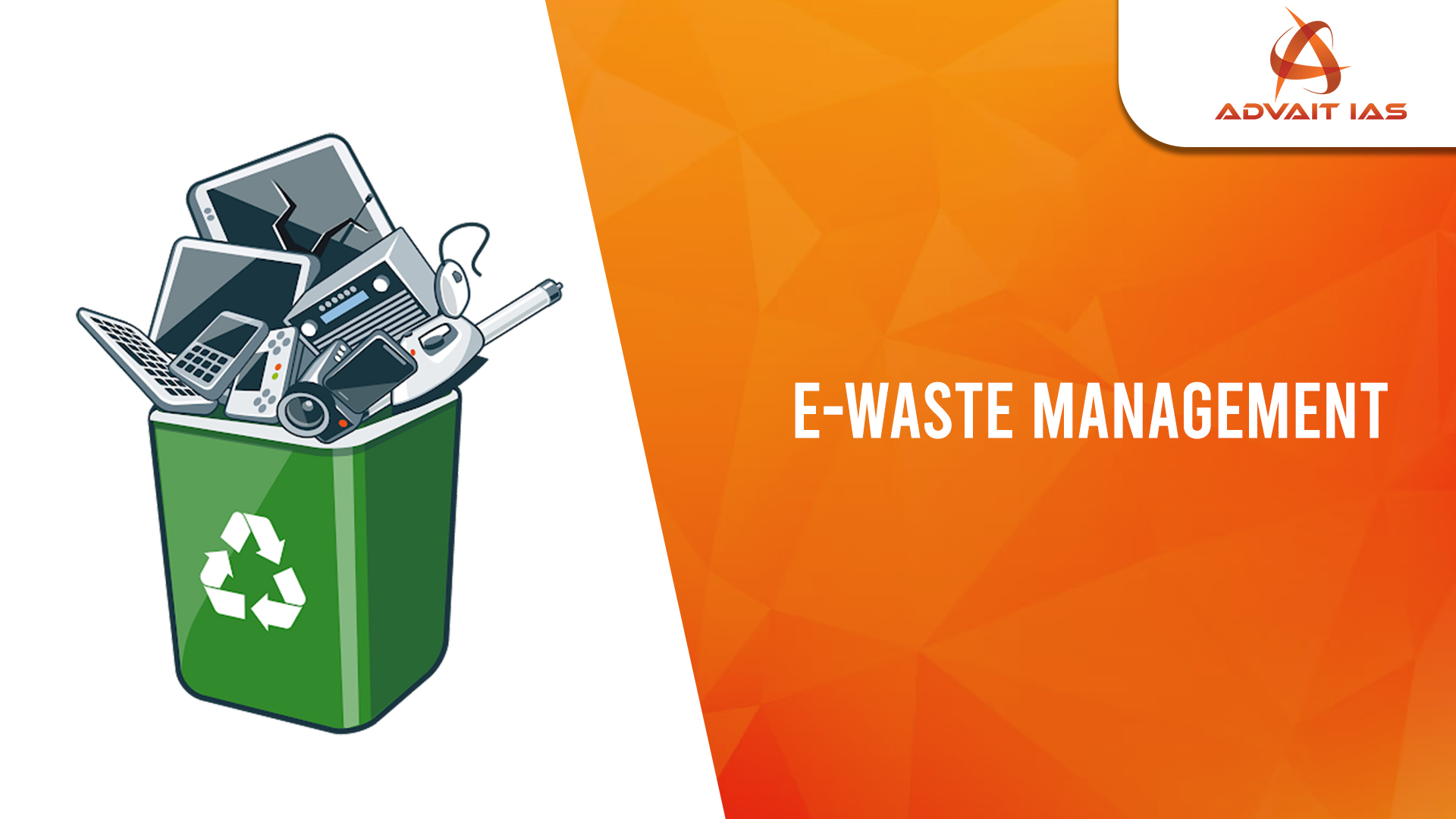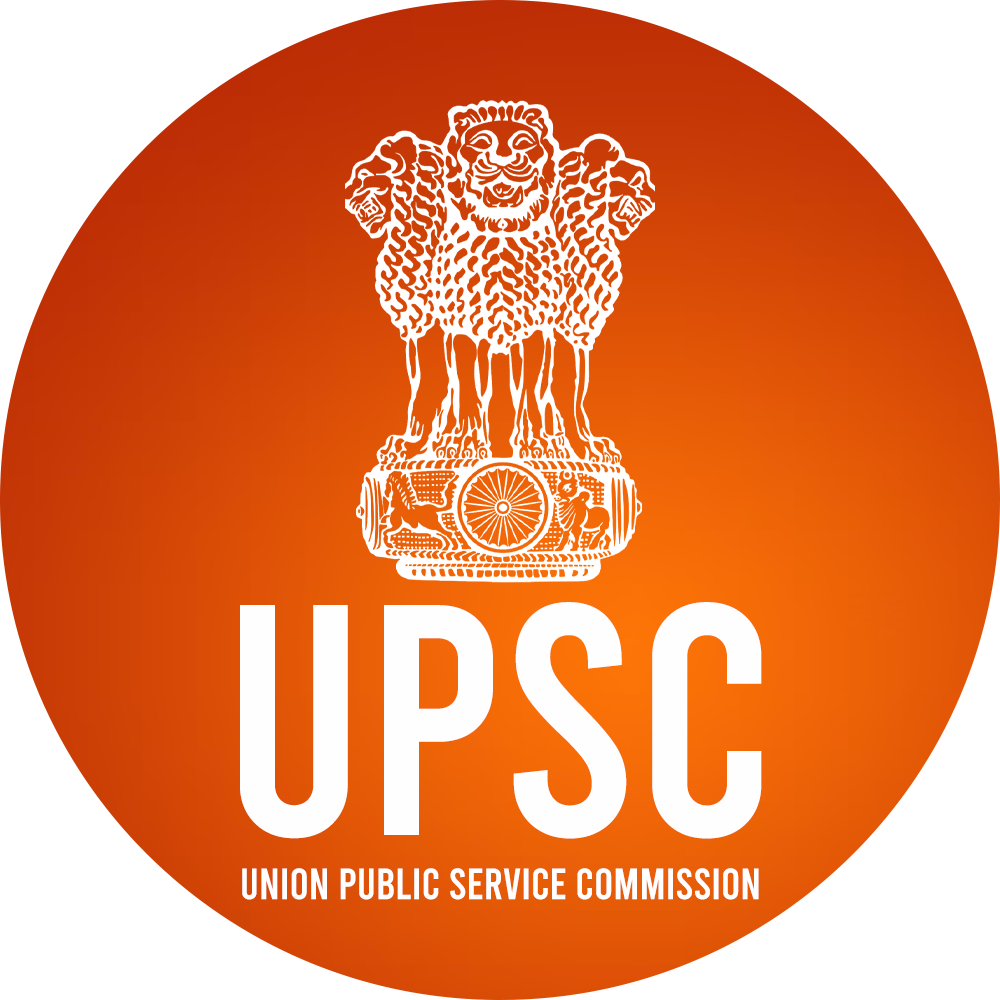- India’s digital transformation is key to achieving Viksit Bharat, but it has led to a surge in electronic waste (e-waste).
- India ranks among the top global e-waste generators (with China, USA, Japan, and Germany).
E-Waste:
- E-waste refers to discarded electrical and electronic equipment, such as old computers, mobile phones, refrigerators, and TVs.
- Contains toxic substances: lead, cadmium, mercury, nickel — harmful to human health and environment.
E-Waste Growth in India:
- E-waste increased by 151.03% in six years:
- From 7,08,445 metric tonnes (2017-18) to 17,78,400 metric tonnes (2023-24).
- Annual growth of 1,69,283 metric tonnes.
Impact of Improper E-Waste Management:
- Environmental Loss:
- Water, air, and soil pollution from cyanide, sulphuric acid, plastic incineration.
- Annual environmental loss > $10 billion.
- Social and Health Cost:
- Informal sector handles 95% of recycling; dominated by women and children.
- Average lifespan of workers < 27 years due to toxic exposure.
- Social loss > $20 billion/year.
- Economic Loss:
- ₹80,000 crore in critical metal value lost
- $20 billion in lost tax revenue due to cash-based, unaccounted recycling.
Recent Legal Amendments:
E-Waste Management Rules, 2022 – Floor Price Provision:
- Introduced minimum EPR certificate price to:
- Ensure fair returns for registered recyclers.
- Disincentivize informal sector and unsafe recycling.
- Encourage investment in advanced technologies.
- Enables recovery of valuable materials (gold, copper), reducing imports.
Extended Producer Responsibility (EPR):
- EPR policy mandates producers, importers, and brand owners to:
- Manage the end-of-life waste of their products.
- Promote eco-design, sustainable pricing, and efficient waste disposal.
- Aims to reduce burden on municipalities and curb environmental damage.
E-Waste (Management) Second Amendment Rules, 2023
- Clause 4 under Rule 5 added:
- Ensures safe refrigerant management in refrigeration and air-conditioning industries.
- Focuses on reducing ozone-depleting substances and GHG emissions.
E-Waste (Management) Amendment Rules, 2024
- Allows the Central Government to create trading platforms for EPR certificates.
- CPCB will fix price range of EPR certificates:
- Maximum: 100% of environmental compensation.
- Minimum: 30% of environmental compensation.
- Aims to ensure fair market, reduce informal recycling, and improve compliance.
International Conventions on E-Waste:
- Basel Convention (1989)
- Regulates transboundary movement of hazardous waste.
- India is a party.
- Bamako Convention (1991)
- Bans import of hazardous waste into Africa.
- Minamata Convention on Mercury (2013)
- Controls mercury pollution; India ratified in 2018.
- Stockholm Convention on POPs (2001)
- Controls Persistent Organic Pollutants; India is a signatory.
National Regulations and Initiatives:
- E-Waste (Management) Rules, 2022
- Central legislation for e-waste collection, disposal, and recycling via EPR.
- Hazardous and Other Wastes (Management and Transboundary Movement) Rules, 2016
- Covers import/export and treatment of hazardous waste.
- National Action Plan for Chemical and Waste Management
- Aligns with Stockholm and Rotterdam Conventions.
- Focuses on sustainable chemical use and waste management.
Effective e-waste regulation is critical to India’s environmental health, resource efficiency, and compliance with global norms. The evolving rules aim to strengthen formal recycling, discourage hazardous informal practices, and promote sustainable innovation.






